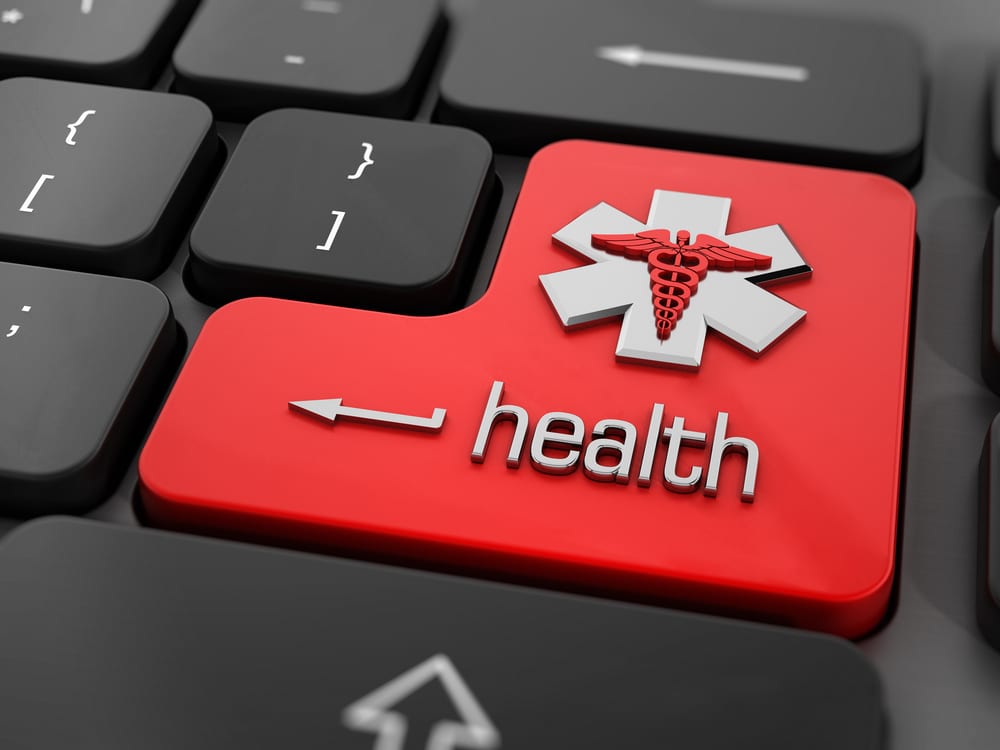
Despite these hurdles, software often makes things simpler, affordable and more accessible, the hallmarks of disruptive innovations. So, we hope it eats healthcare sooner than later. How can this transformative process happen faster? Understanding the nature of the qualities unique to healthcare provides us with more insight into possible short cuts.
First, healthcare has been highly regulated in a fragmented environment. Until 2014, most healthcare data were stored in brick and mortar vaults in paper files. Even now, with this archaic state of affairs, even the simplest processes of digging up one’s own medical records remains extremely cumbersome.
Second, healthcare is complex and generally amorphous. While most of us associate healthcare with images of doctors and nurses taking care of patients, the term actually encompasses an extremely broad and complicated series of personalized processes that are difficult to codify. For the generally healthy population, healthcare means prevention and life style, but for the sick, it means disease management requiring personalized attention and care. Today, the healthcare environment is often a “solution shop,” where highly uncertain and unorganized problems are posed to trained experts who leverage their trained skills and intuition to provide customized solutions. Solution shops are generally expensive and not easily scalable, which makes creation of a codified process much more difficult.
Finally, health care’s third party payer model discourages cost reduction. The more value one creates the more providers can charge for the product or service, and the reimbursement system guarantees payment. Therefore, even if software made things simpler and more accessible, there would still be little incentive to charge less. At that rate, instead of software eating healthcare, it will be eaten by healthcare.
In order for software to transform healthcare instead of turning it into a new revenue source for the current system, software must approach health care disruptively. Rather than merely improving and optimizing the current network of infrastructure, software needs to lead the development of a competing infrastructure that provides alternatives to patients beyond the regulatory and reimbursement boundaries. For example, a Watson-powered robotic physician’s assistant will likely enable a doctor’s office to charge hundreds of dollars for a five-minute consultation, but a Watson-powered Siri might significantly transform how we use primary care physician services.
Another disruptive approach is using software to codify processes instead of products. When we imagine software powering healthcare, we tend to think of devices, apps, and instruments that are assisted by software to provide more power and performance to whomever is using them, often the healthcare provider. In reality, software can unleash its true power when it can codify some of the processes observed in solution shops by making them more routine. The cost-reducing value of software comes from its ability to repeatedly perform what we currently perform manually, cutting down physicians’ time by automating some of their responsibilities. This is exactly the type of enabling technology we need for new business models to emerge.
Finally, for software to eat healthcare, we need standards for electronic information exchanges. Much like the Internet data exchange protocol (TCP/IP), electronic health records (EHRs) need standardized data exchange protocols. The current process of committee-driven consensus building will take too long to deliver effective solutions. We need software to be unleashed first, letting the market decide what it prefers. Perhaps we’ll see software rear its disruptive presence in establishing standards in the mobile health data segment of the market.
Healthcare might be one of the few industries where the invisible hand of the market will be unable to extend its power more broadly. The idea that software will naturally transform the market and make everything more affordable is not realistic. On the other hand, software does have the ability to asymmetrically compete against the establishment by providing alternatives to customers who are likely dissatisfied with the only options that are presented to them. The apps and technologies that are able to find that soft belly of health care will be the true disruptors.


